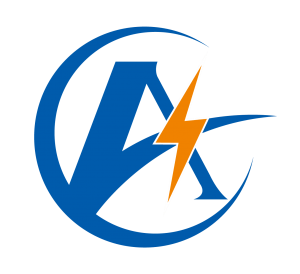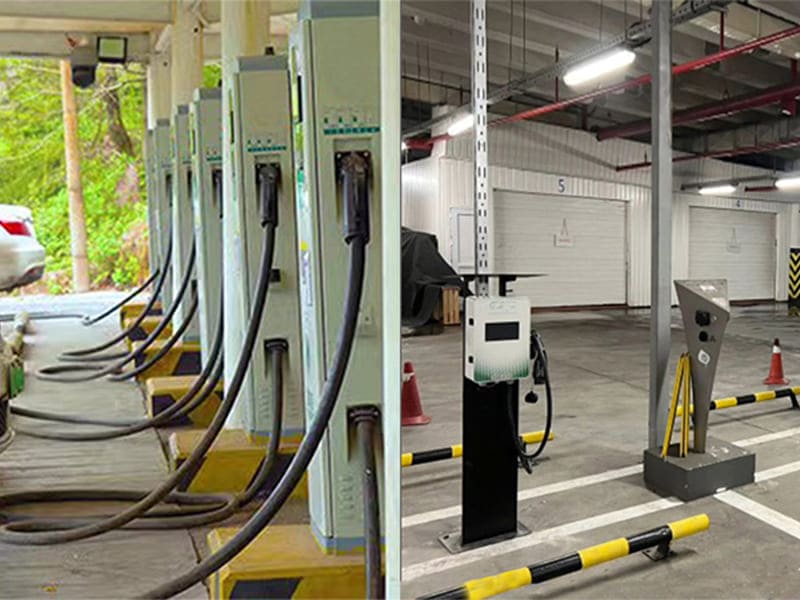In Malaysia, EV adoption is accelerating rapidly. Understanding charging options is essential. This guide explains AC versus DC charging. It highlights key differences and applications. Specifically, it focuses on EV Charger Malaysia contexts. Readers will learn which charger suits their needs. Transitioning to electric vehicles requires this knowledge. Now, let’s explore these technologies in detail.
Understanding AC EV Chargers
AC chargers are common worldwide. They use alternating current from grids. Firstly, vehicles convert AC to DC power. This process occurs inside the car. Consequently, charging speeds are generally slower. Typically, they range from 3.7 kW to 22 kW. Therefore, they are ideal for longer parking durations. For instance, they suit overnight charging at home. Additionally, they are cost-effective to install. Many residences in Malaysia utilize them. Moreover, they are simpler in design. EV Charger Malaysia providers often recommend them.
Where to Use AC EV Chargers
AC EV chargers fit specific locations perfectly. Firstly, personal garages are ideal spots. Homeowners can charge conveniently overnight. Secondly, residential area public parking lots benefit. Residents top up while parked for hours. Thirdly, corporate settings embrace them too. Employees charge during work hours easily. Furthermore, other venues include shopping centers. Drivers recharge during extended visits. Essentially, any location allowing prolonged parking works. EV Charger Malaysia installations thrive here.
Exploring DC EV Chargers
DC EV chargers deliver direct current directly. They bypass the car’s internal converter. Thus, they provide much faster charging rates. Power levels typically start from 50 kW. Some modern units exceed 350 kW. Consequently, they significantly reduce waiting times. However, they require more complex infrastructure. They also involve higher installation costs. Despite this, their popularity is growing. EV Charger Malaysia networks are expanding them. They are crucial for long-distance travel.
Optimal Applications for DC Chargers
DC chargers serve high-traffic areas best. Firstly, shopping malls greatly benefit. Shoppers recharge quickly during visits. Secondly, office locations support them well. Staff get rapid boosts during breaks. Thirdly, highway service stations are essential. They enable intercity travel without delays. Additionally, public spaces like hospitals adopt them. Emergency services rely on quick turnarounds. Also, parking garages in cities install them. Drivers appreciate fast charging convenience. EV Charger Malaysia deployments focus here.
Comparing Speed and Efficiency
Charging speed is a major differentiator. AC charging typically takes hours. For example, a full charge might require 8 hours. Conversely, DC EV charging can take minutes. An 80% charge might need 30 minutes. Therefore, efficiency varies significantly. However, DC charging stresses batteries more. Frequent use may affect longevity. Meanwhile, AC charging is gentler. Thus, both have distinct advantages. EV Charger Malaysia users must balance these factors.
Infrastructure and Cost Considerations
Installing chargers involves planning. AC units need less electrical upgrades. They are cheaper to set up generally. Meanwhile, DC EV charging stations demand high power supply. They require substantial investment initially. Nonetheless, they serve more users daily. Operating costs also differ considerably. Maintenance for DC systems is higher. Yet, their return potential is greater. EV Charger Malaysia projects evaluate these aspects.
Aegen: Supporting EV Charging Infrastructure
Aegen is a renowned manufacturer globally. They produce high-quality EV charging components. Additionally, they offer technical support services. Their expertise aids charging station manufacturers. Also, they assist EV charger dealers customly. For instance, they provide tailored solutions uniquely. Their products ensure reliability and efficiency. Moreover, Aegen supports Malaysian partners actively. They contribute to local EV infrastructure growth. EV Charger Malaysia stakeholders collaborate with them.
Aegen’s Manufacturing and Capabilities
Aegen’s production base is in China. Their facilities utilize advanced technology. They manufacture durable charging station parts. Furthermore, they engineer innovative electronic systems. Their team focuses on research and development. Consequently, they offer cutting-edge products. They also emphasize quality control. Thus, clients receive dependable components. EV Charger Malaysia businesses trust their offerings. Partnerships with Aegen enhance service delivery. Commercial EV Charger NZ Solutions & Pricing
Future Trends in EV Charging
The EV landscape evolves continuously. Charging technology advances rapidly. For example, wireless charging may emerge soon. Also, ultra-fast DC stations are developing. Meanwhile, smart grids will integrate seamlessly. These changes will reshape user experiences. Additionally, renewable energy integration will expand. Solar-powered chargers might become common. EV Charger Malaysia must adapt to these trends. Aegen continues innovating for tomorrow.
Making the Right Choice
Selecting between AC and DC depends. Users must assess their daily routines. For home charging, AC is sufficient. For rapid public charging, DC excels. Businesses should consider customer needs. Ultimately, both types are complementary. A balanced approach works best. EV Charger Malaysia offers both solutions. Consulting experts like Aegen helps decisions.
In conclusion, understanding AC vs DC is crucial. Each serves distinct purposes effectively. Malaysia’s EV future looks promising. With companies like Aegen supporting, growth is assured. Embrace the electric revolution confidently.

